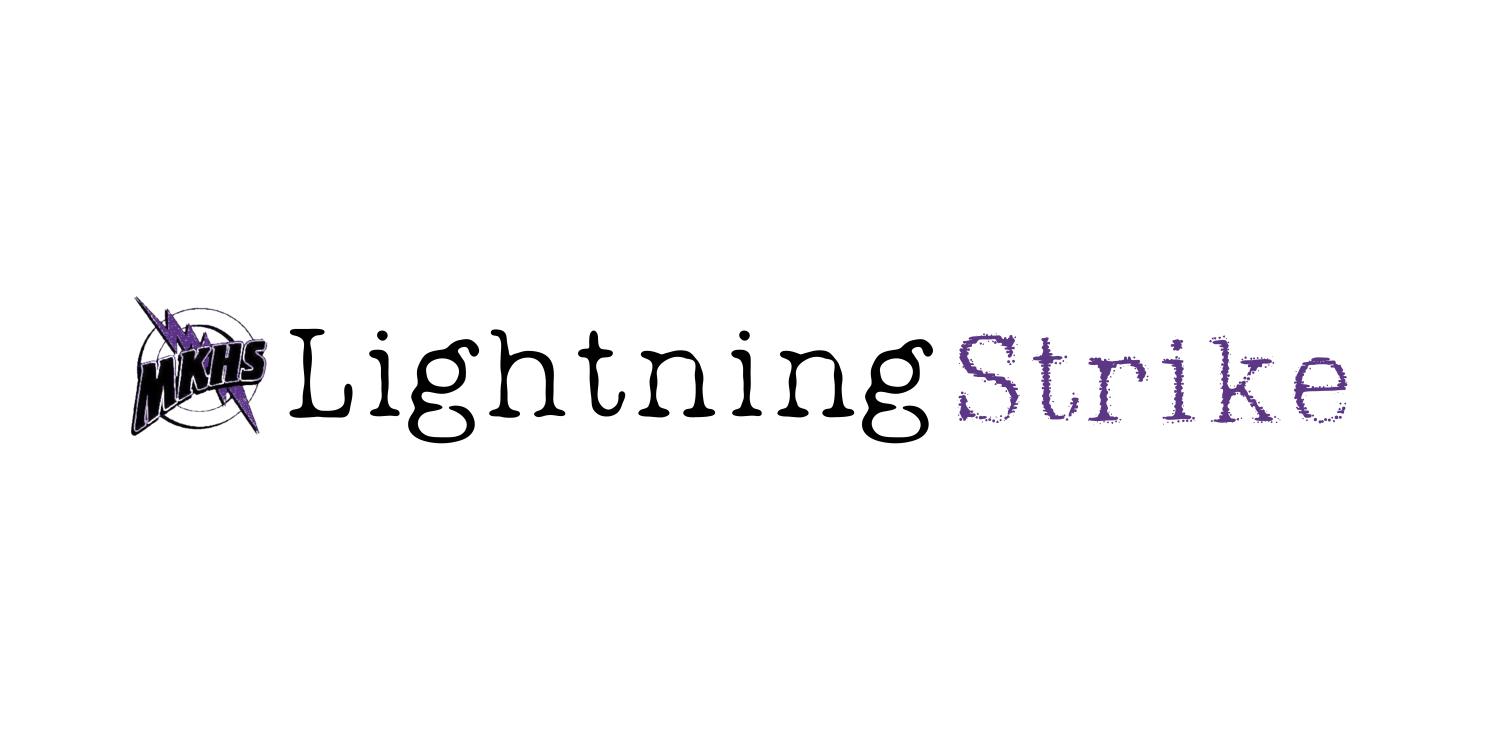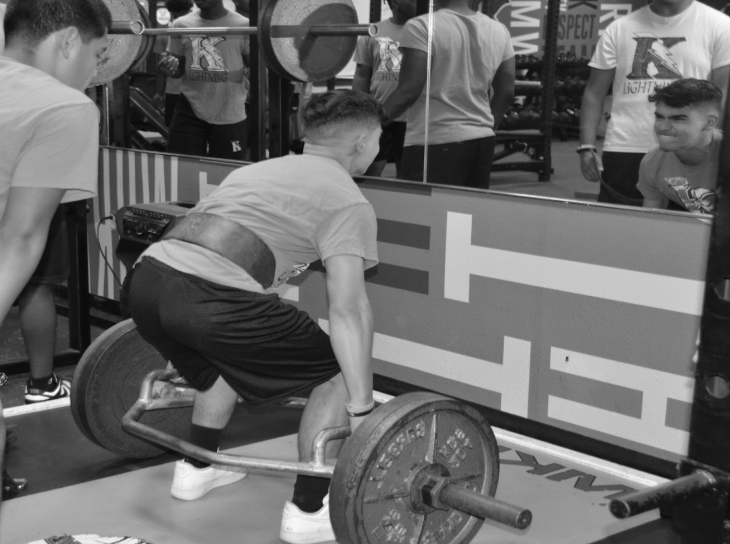When it comes to working out and gaining muscle, there are various methods to achieve your fitness goals. Two common types of exercise are weight lifting and calisthenics, both with their pros and cons.
Weight training builds stronger muscles, strengthens your body, and keeps your metabolism in a healthy condition. While many may work out to change their appearance, looking good is just one positive outcome of lifting weights.
“Weightlifting helps me achieve mental strength, makes me feel good about myself and boosts my confidence when it comes to my appearance,” junior Isabella Romero-Ellis said.
Lifting weights has been shown to increase bone density and improve bone health. The muscles and tendons apply tension to the bones, which stimulates the bones to produce more bone tissue. As a result, bones become stronger and more dense and the risk of injuries decreases.
A study published showed that those who participated in resistance were able to clear LDL cholesterol from their bloodstream faster than those who didn’t. Lifting weights helps to eliminate the dangerous fatty LDL cholesterol by increasing HDL cholesterol.
While lifting weights has many benefits, it can also be extremely dangerous. According to MuscleAndStrength, common mistakes made while lifting are overtraining, “ego-lifting”, not warming up and always working out the same muscle group.
When doing warm-up exercises you increase your body temperature aids in muscle elasticity, which helps us avoid injuries. “Ego-lifting” is when someone attempts to lift more than they can, failing to lift and injuries such as torn muscles. It’s important to know your limit and lift just enough to where you are challenged but not where it becomes impossible to lift.
Taking rest days and allowing yourself to recharge is one of the most important steps in growing muscle. When you overtrain or constantly work out the same muscle group you’re destroying your chance to make progress at a normal rate. According to the sleep foundation, sleep allows muscle tissue time to recover between workouts. Sufficient sleep is also important in having the energy to exercise.
Calisthenics is a type of exercise where you use your body weight as a form of resistance instead of weights. Typically equipment isn’t used and there are dynamic movements that work out multiple muscle groups at once. Some common calisthenic exercises involve push-ups, sit-ups, squats, lunges and pull-ups. Once the straightforward activities are mastered, you can challenge yourself with more difficult workouts. L sits, pistol squats and wall sits are all more difficult training.
One of the most convenient advantages of calisthenics is its convenience. You don’t need a lot of space considering your equipment is your body. According to Sweat, a study published in Isokinetics and Exercise Science, calisthenics can help to improve posture, strength and body composition without the major training equipment. Calisthenics is also extremely inexpensive. Since you need little space and little equipment, you can easily train in the comfort of your home. Bodyweight exercises will teach you body awareness and strength. It will also help you stay mobile and injury-free as you age.
“I prefer calisthenics over weightlifting because I like being able to master my body weight,” senior Alexandru Nicolescu said. “Calisthenics will also help me in the long run when I join the army.”
While bodyweight exercises are fundamental, some problems come with them. There is difficulty progressing and not much room for improvement. Once you’ve mastered all calisthenic movements, you cannot progress anymore. You will build muscle and strength but will also end up hitting a plateau. While that may be a challenge, a few advances such as simple equipment may make up for it.
Both weightlifting and calisthenics have benefits that will help anyone achieve their goals. It’s important to know where your goals stand, to get the best results for you.





























